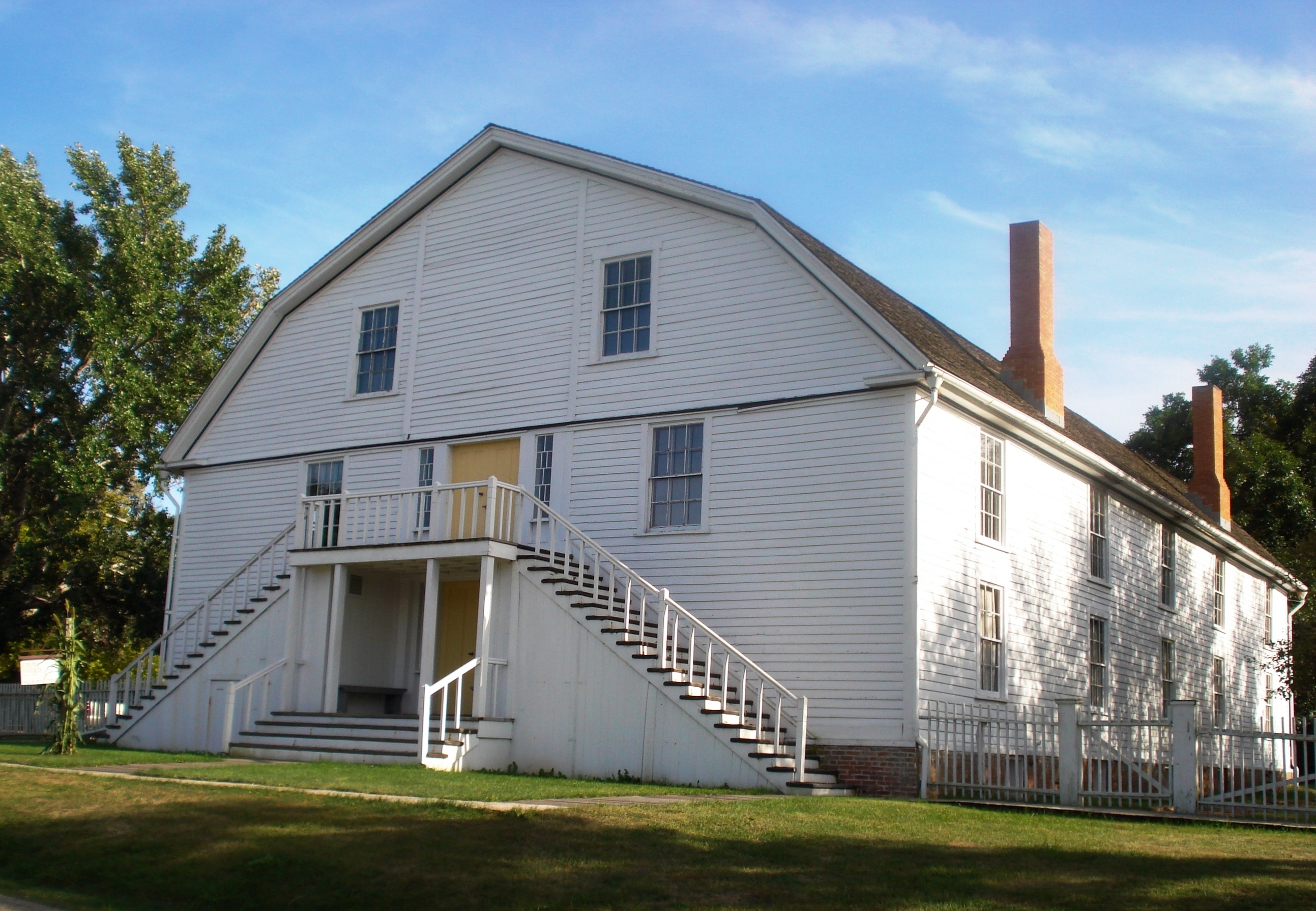
In the heart of the Illinois prairie lies a Swedish settlement that has been preserved as a historic village. Bishop Hill, formed 177 years ago, is still a living, fully functional village with a mayor and fire department. With a population of around 130 people, it remains one of the smallest towns in Henry County. It is the home of the Bishop Hill State Historic Site, a park operated by the Illinois Historic Preservation Agency.
The Bishop Hill area became a hub for thousands of Swedish immigrants who eventually settled much of the Midwest. The area was founded by Eric Janson, who was known as the Wheat Flour Messiah. Janson, after being jailed for his beliefs, fled Sweden with more than 1,000 followers in 1846 in hopes of avoiding religious prosecution.
Many of the colony buildings were dilapidated at the turn of the 20th century. The Old Settlers, the Bishop Hill Heritage Association and the State of Illinois decided to help save the buildings that were still standing from the original colony. Throughout the 1970s, restoration and preservation began with aid from the Swedish Royal family. Many of the descendants of the original settlers and thousands of volunteers began the hard work to restore the site, and eventually Bishop Hill became a thriving community once more.
Currently there are a number of businesses including a bakery, restaurants, pottery stores and a few gift shops. At the center of the town remains Bishop Hill State Historic Site, the original church built by Janson and his followers, where volunteers hold guided tours throughout the village. There are currently four buildings on the National Register of Historic Places. With tens of thousands of visitors every year from all 50 states, Sweden and other Scandinavian countries, Bishop Hill remains a site to see in Illinois.



